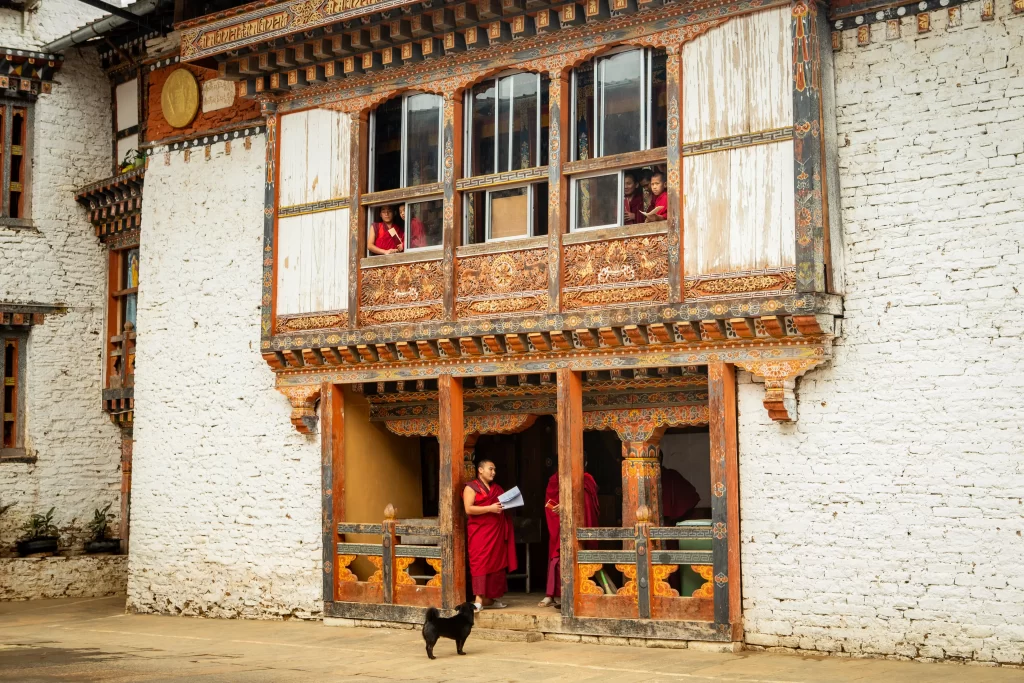Bhutan is a small, landlocked country located in the Eastern Himalayas and its national symbols plays pivotal role in its independence. It shares borders with Tibet to the north and India to the south and east. The country has a long border with both Tibet and India. To its southeast lie the Indian states of Assam and West Bengal. Sikkim is to the north, while Nepal is across the Himalayas in the north.
Bhutan’s Buddhist heritage has shaped its distinct national symbols and identity. The nation’s cultural heritage, natural environment, and unique economy also created this identity. Lush forests cover most of the country. Its landscape ranges from steep mountains to fertile valleys. The country also has a few highly developed urban areas.
The state of Bhutan has a democratic monarchy. It has been transitioning to a democratically elected legislature since 2007. The government is secular. The people of Bhutan are predominantly Buddhist.
Dzongkha is the official language of Bhutan. The country also has many of its own regional dialects.

Copyright © 2025 BhutanExpertTravels
